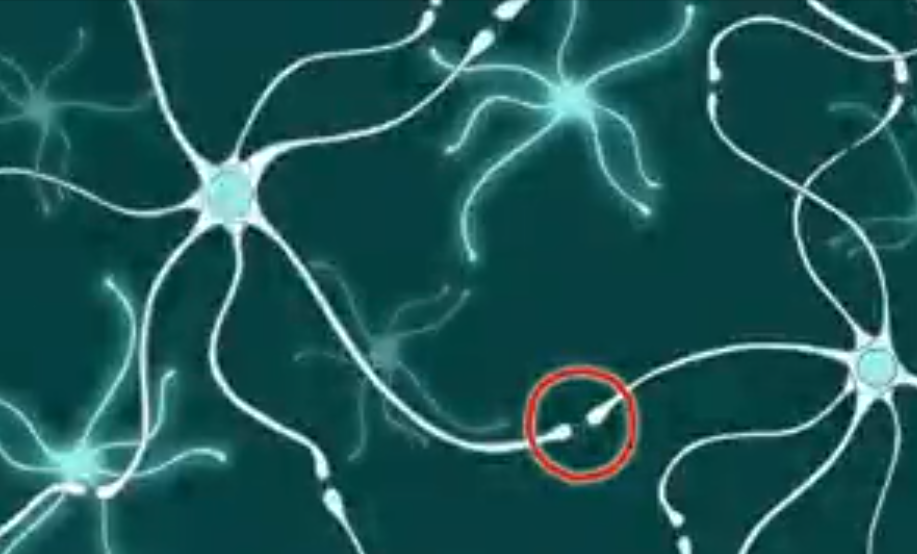如何预防老年痴呆
7,813,157 views April 2017~~July 2022 | Lisa Genova • TED2017
00:01
How many people here would like to live to be at least 80 years old? Yeah. I think we all have this hopeful expectation of living into old age. Let's project out into the future, to your future "you's," and let's imagine that we're all 85. Now, everyone look at two people. One of you probably has Alzheimer's disease.
00:27 (Laughter)
00:30 Alright, alright. And maybe you're thinking, "Well, it won't be me." Then, OK. You are a caregiver. So --
00:42 (Laughter)
00:45 so in some way, this terrifying disease is likely to affect us all.
00:50
Part of the fear around Alzheimer's stems from the sense that there's nothing we can do about it. Despite decades of research, we still have no disease-modifying treatment and no cure. So if we're lucky enough to live long enough, Alzheimer's appears to be our brain's destiny.
01:09
But maybe it doesn't have to be. What if I told you we could change these statistics, literally change our brain's destiny, without relying on a cure or advancements in medicine?
01:21
Let's begin by looking at what we currently understand about the neuroscience of Alzheimer's. Here's a picture of two neurons connecting. The point of connection, this space circled in red, is called the synapse. The synapse is where neurotransmitters are released. This is where signals are transmitted, where communication happens. This is where we think, feel, see, hear, desire ... and remember. And the synapse is where Alzheimer's happens.
01:53
Let's zoom in on the synapse and look at a cartoon representation of what's going on. During the business of communicating information, in addition to releasing neurotransmitters like glutamate into the synapse, neurons also release a small peptide called amyloid beta. Normally, amyloid beta is cleared away metabolized by microglia, the janitor cells of our brains. While the molecular causes of Alzheimer's are still debated, most neuroscientists believe that the disease begins when amyloid beta begins to accumulate. Too much is released, or not enough is cleared away, and the synapse begins to pile up with amyloid beta. And when this happens, it binds to itself, forming sticky aggregates called amyloid plaques.
02:41
How many people here are 40 years old or older? You're afraid to admit it now. This initial step into the disease, this presence of amyloid plaques accumulating, can already be found in your brains. The only way we could be sure of this would be through a PET scan, because at this point, you are blissfully unaware. You're not showing any impairments in memory, language, or cognition ... yet. We think it takes at least 15 to 20 years of amyloid plaque accumulation before it reaches a tipping point, then triggering a molecular cascade that causes the clinical symptoms of the disease. Prior to the tipping point, your lapses in memory might include things like, "Why did I come in this room?" or "Oh ... what's his name?" or "Where did I put my keys?"
03:35
Now, before you all start freaking out again, because I know half of you did at least one of those in the last 24 hours -- these are all normal kinds of forgetting. In fact, I would argue that these examples might not even involve your memory, because you didn't pay attention to where you put your keys in the first place. After the tipping point, the glitches in memory, language and cognition are different. Instead of eventually finding your keys in your coat pocket or on the table by the door, you find them in the refrigerator, or you find them and you think, "What are these for?"
04:12
So what happens when amyloid plaques ac


